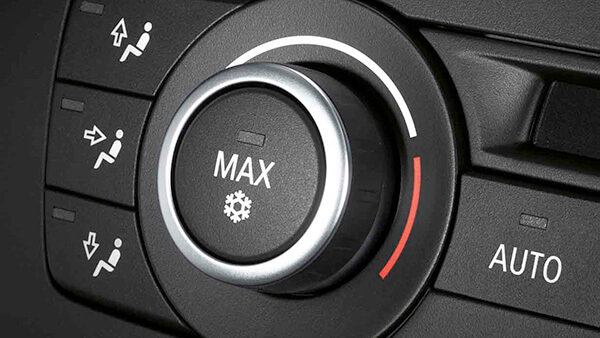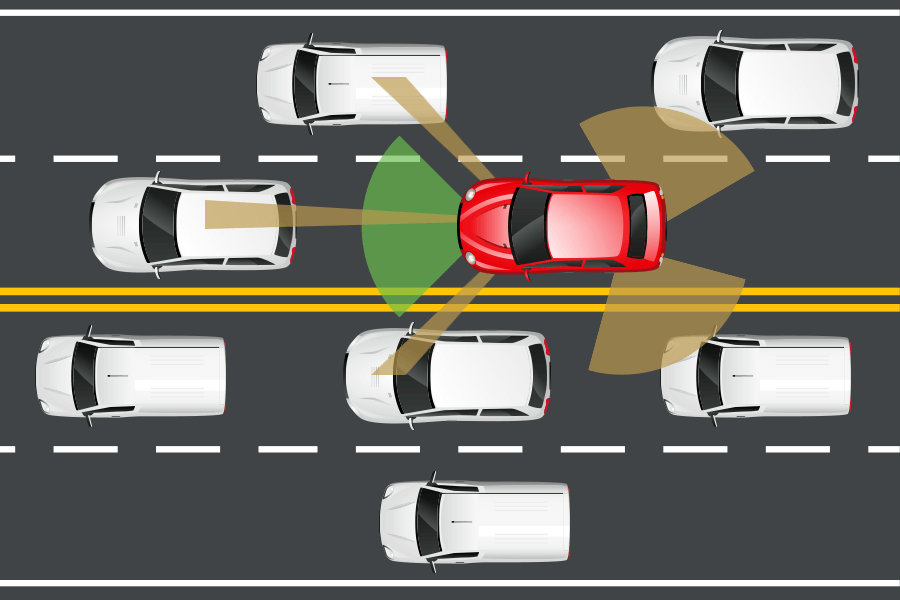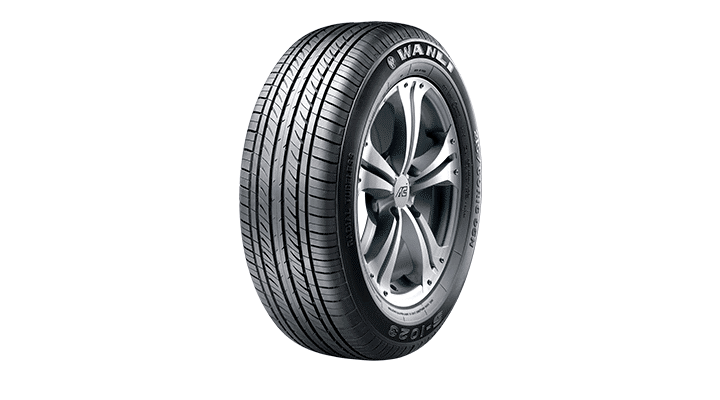The car industry estimates that you’ll file an accident claim once every 17.9 years (if you’re an average driver). Statistically speaking, that’s approximately three to four accidents in your lifetime. It’s important that you know exactly what to do should an accident occur because, although there’s no guarantee you’ll be in an accident, statistically speaking you probably will be.
If you’ve never been in an auto accident, congratulations. To be on the safe side, read this list anyway. (The accident statistic is based on research conducted by car insurance professionals.)
- Never leave the scene of an accident. Immediately stop your vehicle and pull over if you’re able to. Don’t interfere with traffic, but do your best to get out of its way. It doesn’t matter if the accident is serious or a minor fender bender; you’re legally responsible for staying at the scene.
Keep your flashers on and place flares if necessary. Stay out of the road. Protect yourself; especially if it is dark, you’ll need a flashlight or your car’s emergency lights on.
- Try your best to recall details. Take a moment to assess the situation. Start keeping a pen and paper in your glove box, so that you can write down key details. These details may come in handy later. (If you’re injured, skip this step; immediately phone emergency responders.)
For example, if you’re not at fault and you’ve been injured, it’s likely you’ll want a lawyer to represent you, so you can recoup your pain and suffering losses. Use this time to quickly jot down key details (the other driver failed to use a signal, passed illegally, drove the wrong way, and other key details are necessary bits of information). Give this information to the police and your attorney.
- Call the police. Even if it’s a minor accident and there are no injuries, you need to make a police report and call your insurance company. Even if the other party begs you not to notify police, do it anyway.
Tell the police exactly what happened to the best of your ability. Do not fake the report for any reason, even if you don’t remember specific details. You will be asked if you feel pain; be sure to answer honestly, but never say you don’t feel pain because injuries may develop later. You could be in shock. Police will take note of your every response and your initial answers can damage any potential lawsuit.
- Take pictures of your vehicle and the other party’s vehicle. Take pictures of their license plate (they may try to flee). Also, take pictures of injuries and damage. Don’t get in the way of police and other emergency responders.
- Exchange insurance and contact information with the other party. Usually the police take care of this; however, you should verify the information to protect yourself. The police will provide a report number, so you can pick up the accident report at the police department on a later date.
- Start a file to collectively store all the data. In the file store your insurance claim number, the insurance adjuster’s name, the other party’s information, the accident report, and any notes you’ve taken. If you have a lawyer, store the information from your lawyer there. Your rights are best protected by an attorney.
All of these steps are necessary to ensure that the accident is dealt with properly. These steps protect you and ensure you’ll have the evidence you need should the other driver be liable. If you don’t follow these steps, you could be hurt in the long run. Finally, if you’re injured, don’t delay for any reason. Call the authorities immediately.




